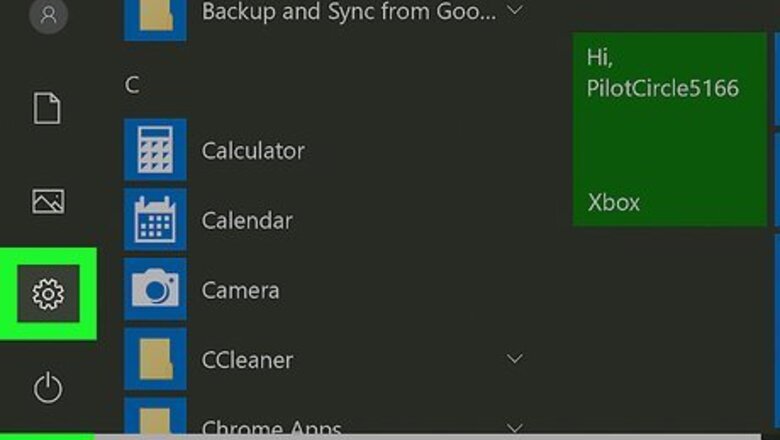
views
- Virus protection software makes sure that your computer is safe, so turning it off exposes your machine to dangerous malware and viruses.
- You can usually turn off the computer's default anti-virus software in Settings.
- If you have a third-party anti-virus program, like AVG or Avast, open that program and you can disable the virus protection features in the app's settings.
Windows Security
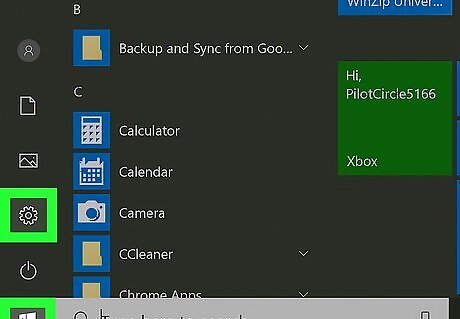
Open your Windows Settings. You can do this by clicking the gear icon in the Windows menu or by pressing the Windows key and the i key at the same time. Use this method to disable Windows 10's built-in antivirus protection. There is no way to disable the Windows built-in antivirus protection permanently. It will automatically turn back on after an undisclosed amount of time.
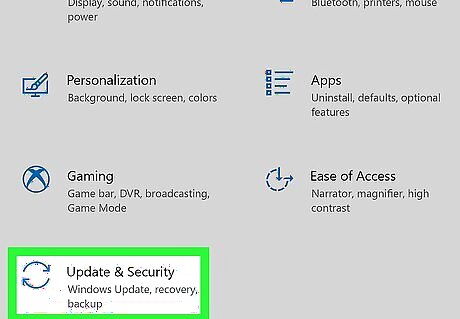
Click Update & Security. It's the icon of two curved arrows.
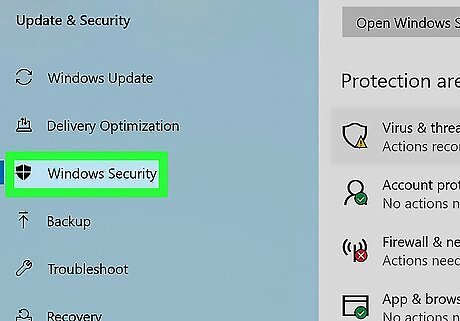
Click Windows Security. It's in the left panel.
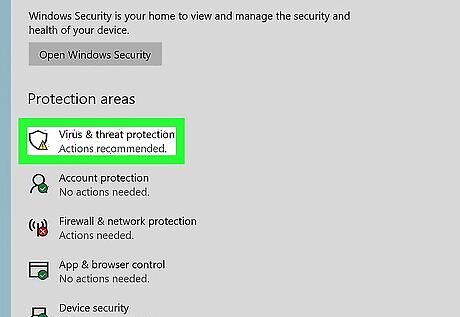
Click Virus & threat protection. It's in the right panel. This opens your antivirus settings.
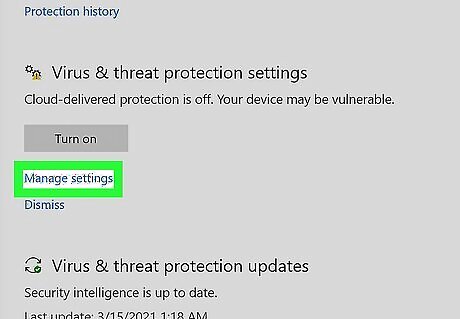
Click Manage settings. It's the link just below "Virus & threat protection settings" in the right panel.
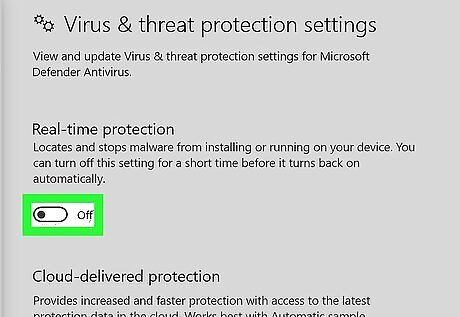
Slide the "Real time protection" switch to Off Windows Switch Off. A warning message will appear.
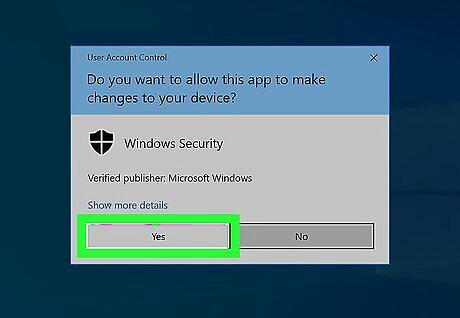
Click Yes. This disables antivirus protection on Windows. If you had any scheduled scans, they will still run as scheduled. If you want to turn antivirus protection back on sooner, return to this screen and click the switch to enable it.
Avast for Windows
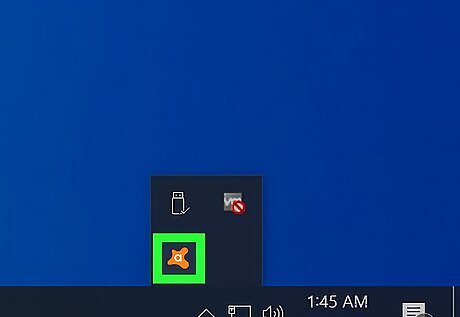
Right-click the Avast icon in the system tray. The system tray is the area near the clock, which is usually at the bottom-right corner of the screen. The Avast icon is an orange splat with a small "a" at its center. A menu will expand. If you don't see this icon, click the up-arrow to the left of the icons beside the clock to expand more.
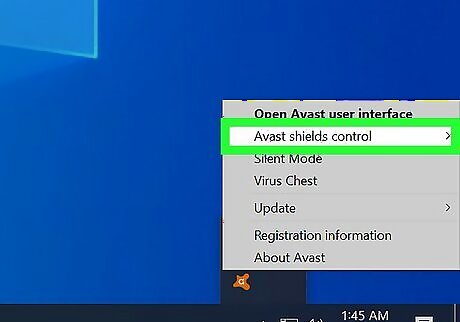
Select Avast shields control. This opens another menu.
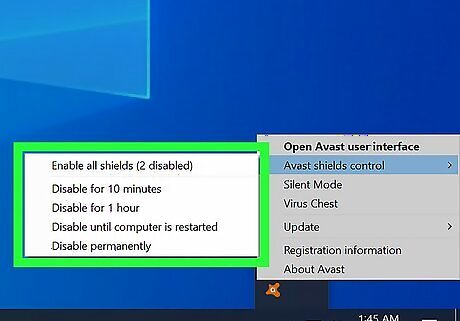
Select a time period. You can choose to disable antivirus protection for 10 minutes, 1 hour, until you restart the computer, or permanently. Once you select an option, a confirmation message will appear.
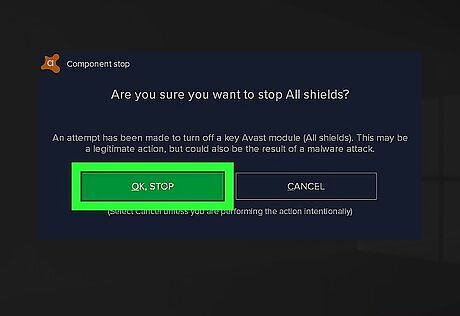
Click OK, Stop to stop Avast. Antivirus protection is now disabled. You can reactivate Avast early by returning to this menu and choosing the option to turn it back on.
Avast for Mac
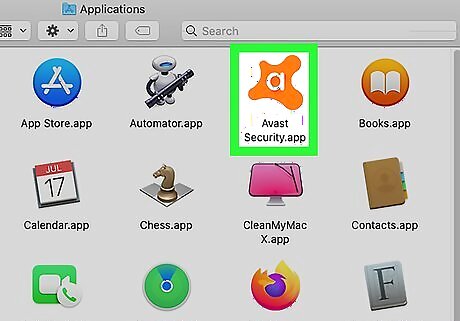
Open Avast on your Mac. You'll find it in your Applications folder and on the Launchpad.
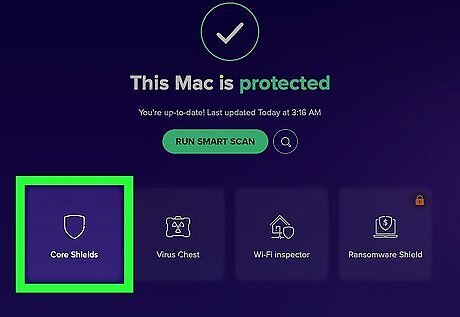
Click Core Shields. It's the tile with a shield icon.
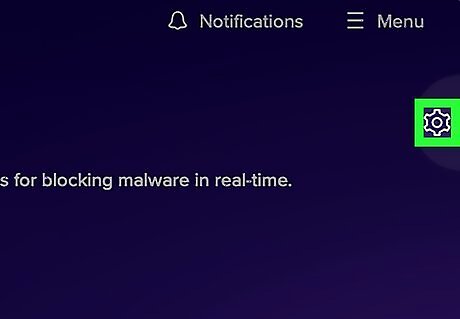
Click the gear icon. It's in the upper-right corner of the window.
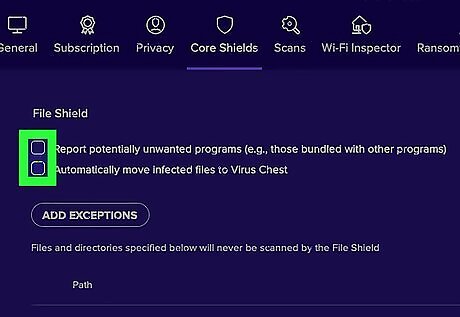
Remove the checkmarks from each of the boxes. Avast's "shields" are the things protecting you from viruses and malware in real time. To disable this protection, you'll need to disable each shield's features. Depending on your version of Avast, you may see switches below the shield names instead. If you do, click the switch below the shield to disable it. You can re-enable these features at any time by replacing the checkmark.
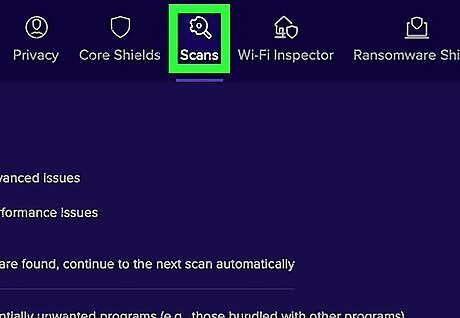
Click the Scans tab. It's at the top of Avast.
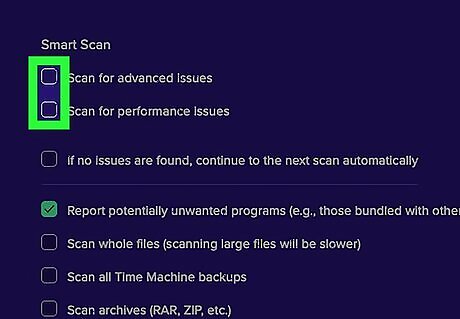
Remove the checkmarks from each option. To prevent Avast from scanning for viruses, remove the checkmarks from each option under "Smart Scan." Once you've finished this, Avast will be effectively disabled on your Mac. You can re-enable Avast at any time by replacing the checkmarks.
AVG for Windows
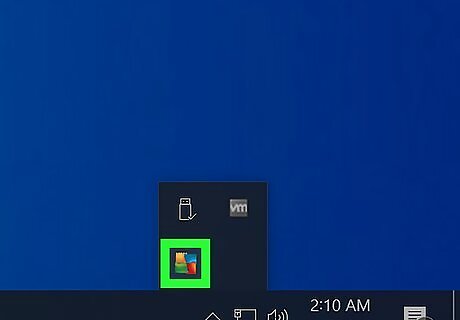
Right-click the AVG icon in the system tray. The system tray is the area near the clock, and that's typically at the bottom-right corner of the screen. The icon is a yellow, blue, red, and green patchwork square. If you don't see this icon, click the up-pointing arrow left of the other icons near the clock to expand more. Disabling AVG is temporary, as it will automatically reactivate next time you restart your computer. If you want to permanently disable the software you must uninstall it.
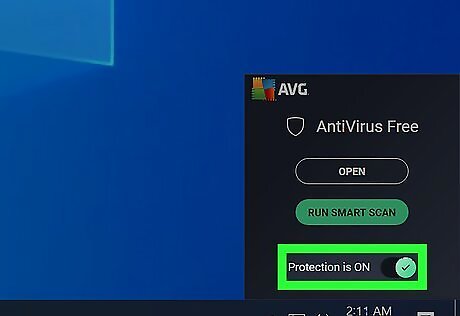
Click the "Protection is on" switch. If AVG is active right now, this will pop-up a warning asking if you really want to disable Avast.
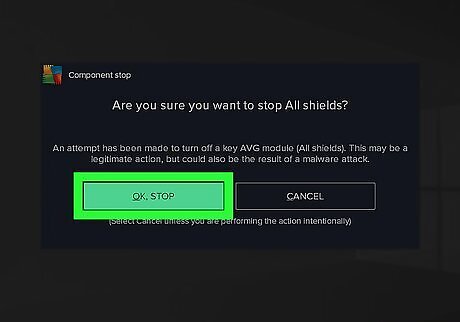
Click the green OK, STOP button. This disables AVG until you reboot your PC. You can turn AVG back on early by toggling the switches back on.
AVG for Mac
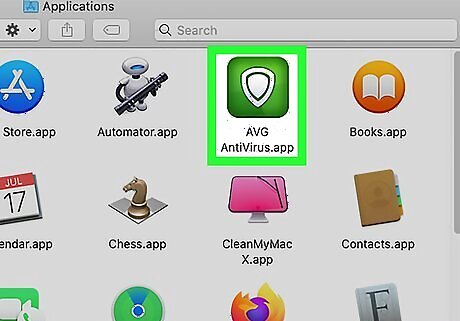
Open AVG on your Mac. You'll find it in your Applications folder and on the Launchpad. There is no way to temporarily disable AVG on your Mac. The only way to stop AVG is to uninstall it. This method will cover uninstalling AVG properly.
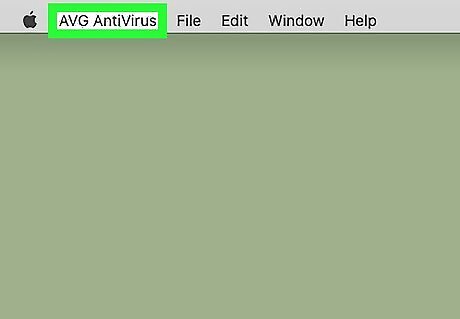
Click the AVG AntiVirus menu. It's at the top of the screen.
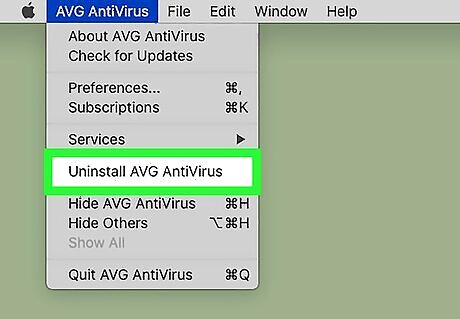
Click Uninstall AVG AntiVirus on the menu. A confirmation message will appear.
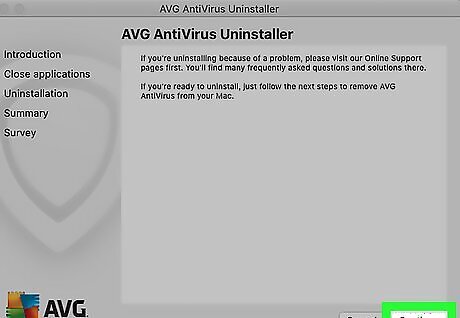
Click Continue. This will start the process of removing AVG from your Mac. Depending on your settings, you may have to enter your password to continue.
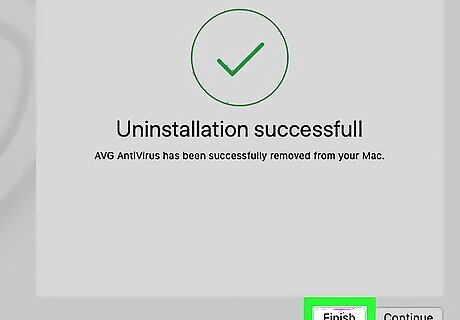
Click Finish once the app is uninstalled. AVG is no longer installed on your Mac.
Norton for Windows
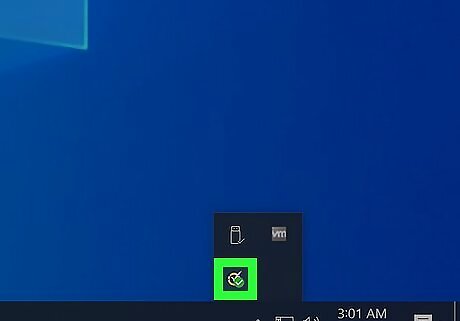
Right-click the Norton icon in the system tray. The system tray is the area near the clock, and that's typically at the bottom-right corner of the screen. The icon is a yellow, black, and white checkmark. A menu will expand.
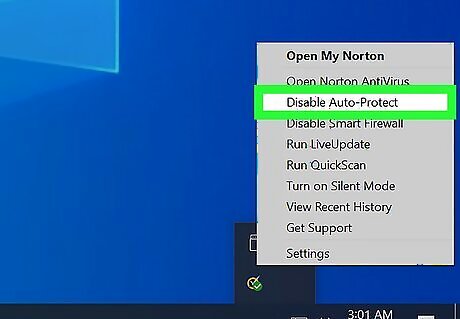
Click Disable Auto-Protect on the menu. This opens the "Security Request" window.
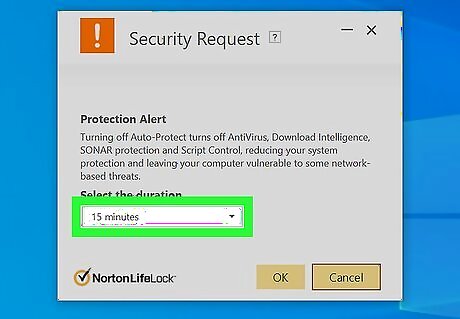
Select a duration. You can disable antivirus protection for any of the specified amounts of time. After that time elapses, virus protection will start again automatically.
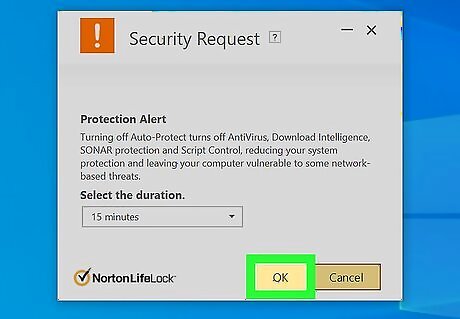
Click OK to confirm. This turns of Norton antivirus protection. Return to this menu to reactivate Norton at any time.
Norton for Mac
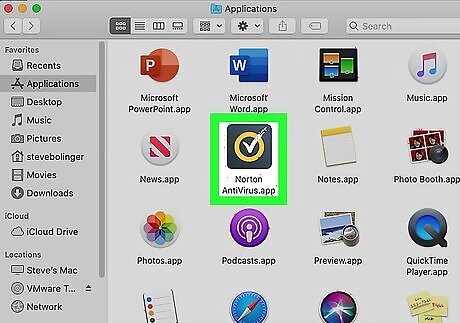
Open Norton on your Mac. You'll find it in the Applications folder and on the launchpad. If opening Norton first displays the "My Norton" window, click Open next to "Device Security" to open the app.
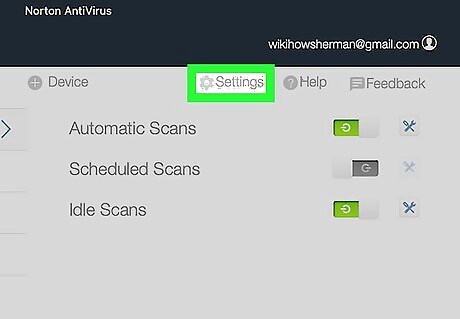
Click Advanced or Settings. The option you see depends on your version of Norton.
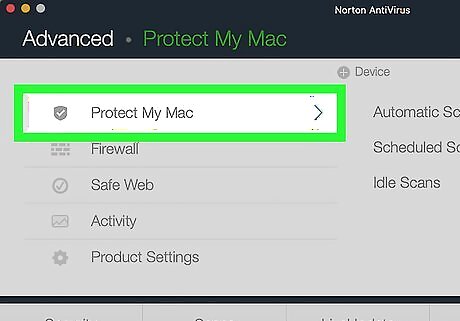
Click Protect My Mac. It's in the left panel.
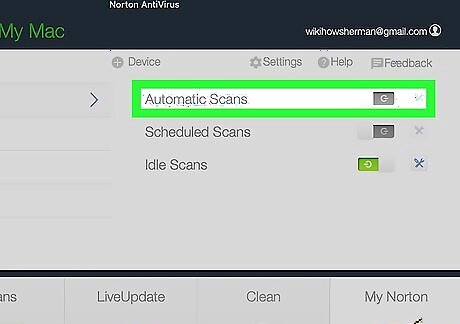
Slide the "Automatic Scans" switch to the off position. This prevents Norton from running scans for viruses.
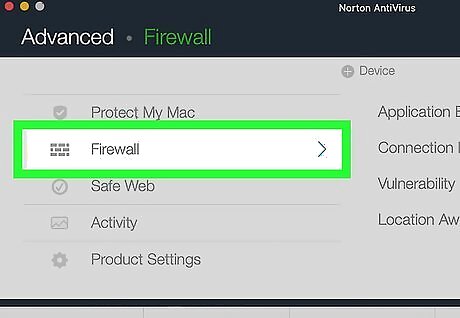
Click the Firewall tab. It's in the left panel.
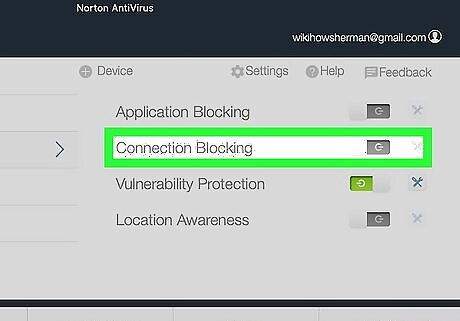
Slide the "Connection Blocking" switch to the off position. This prevents Norton from blocking incoming threats in real-time.
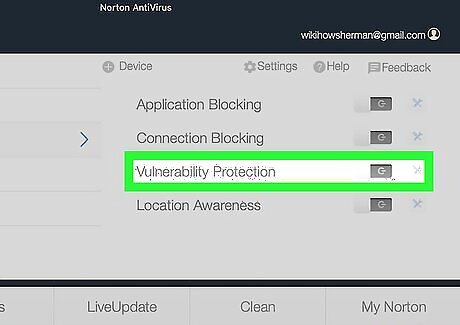
Slide the "Vulnerability Protection" switch to the off position. This turns of vulnerability protection. Now that all options are disabled, Norton is turned off. To re-enable Norton, re-open the application and click Fix Now.




















Comments
0 comment